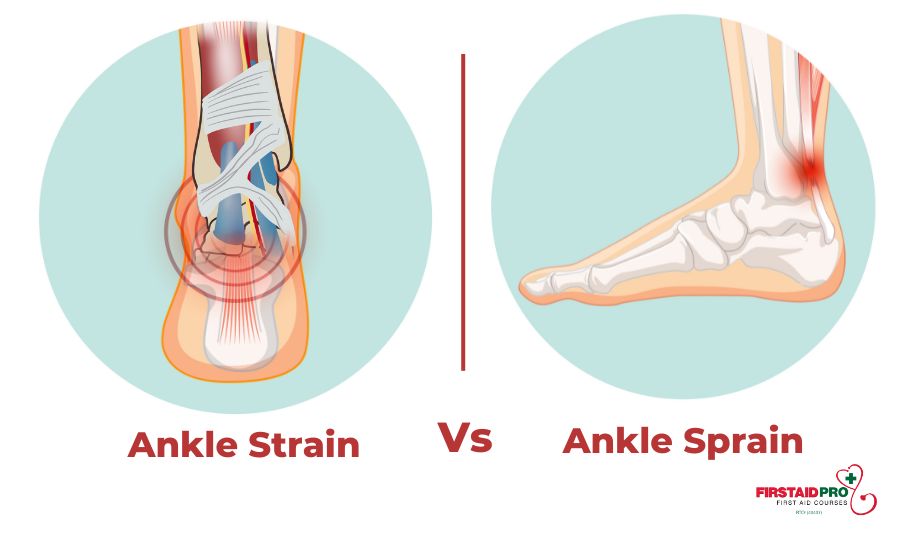Introduction
In the world of emergency situation medical services, preserving calmness during a situation is not just an ability; it's an important top quality that can suggest the difference in between life and death. Basic Life Support (BLS) -responders frequently find themselves in high-pressure circumstances where fast reasoning and peace are vital. This write-up delves into reliable strategies for BLS responders to keep their calmness while executing their obligations, particularly when confronted with crucial situations calling for immediate action.
Maintaining Calmness During a Situation: Tips for BLS Responders
Understanding the Importance of Composure
When faced with emergencies, the capability to https://emiliokakq536.lucialpiazzale.com/cpr-training-southport-what-you-required-to-know stay calm allows -responders to make reasonable decisions rapidly. Panic or tension can shadow judgment and decrease responses, which might result in catastrophic end results in life-threatening scenarios.
The Function of Training in Building Composure
One basic method to foster calmness is with rigorous training. Normal simulation workouts allow -responders to practice their abilities under pressure, resembling real-life emergencies. This hands-on experience can dramatically enhance self-confidence degrees when real dilemmas arise.
Basic vs Advanced Life Support: An Important Distinction
Understanding the distinctions in between standard and sophisticated life support can help -responders understand when to use certain methods. While BLS focuses on foundational abilities such as CPR and AED usage, progressed life support consists of a lot more complex treatments like medication administration and intrusive procedures.
Recognizing Your Extent of Practice
It's important for BLS providers to understand their limitations. Resisting the urge to tip beyond one's training aids maintain emphasis and calmness throughout stressful situations.
Checking Responsiveness: The Initial Step in Assessment
When arriving at a scene, among the very first activities is checking responsiveness. This entails gently drinking the casualty while asking if they are okay. A less competent person requires prompt interest and might be dealing with conditions such as cardiac arrest or stroke.
Techniques for Effective Responsiveness Checks
Shaking carefully: Use a firm yet mild approach. Clear spoken triggers: Ask direct questions. Observe physical cues: Seek indicators of breathing or movement.Identifying No Breathing: An Essential Skill
Identifying whether a casualty is breathing is critical in BLS reaction. If there's no breathing spotted, initiating mouth-to-mouth resuscitation right away is essential.
How to Check Casualty's Breathing
- Look: Observe if the breast increases and falls. Listen: Place your ear close to their mouth. Feel: Check for breath versus your cheek.
Utilizing Hospital Codes and Protocols
Familiarity with medical facility codes and protocols can simplify communication during emergencies. These codes assist guarantee that all staff member are on the same page regarding person standing and called for interventions.
Importance of Communication
Effective communication minimizes confusion among team members, enabling them to perform their duties successfully without second-guessing each various other in high-stress environments.
Public Defibrillator Usage: When Every 2nd Counts
Public accessibility defibrillators (PADs) have ended Gold Coast first aid certificate up being important devices in saving lives throughout cardiac occasions. Recognizing how to utilize these gadgets can dramatically enhance survival rates.
Steps for Utilizing a Public Defibrillator:
Turn on the device: Comply with voice prompts. Attach pads: Guarantee proper placement on bare skin. Follow instructions: Enable the device to evaluate heart rhythm before supplying shocks if necessary.Taking Switches on Compressions: A Team Effort
When doing CPR, taking turns on compressions aids protect against fatigue among rescuers, guaranteeing continual blood flow up until specialist assistance arrives.

Guidelines for Efficient Compression Teams:
- Rotate every 2 minutes: To maintain ideal compression quality. Communicate clearly: Reveal when it's time to change roles. Stay focused: Keep concentration high throughout rotations.
Slow Compression Price vs Lower Compression Depth
While it's essential to maintain a right compression price (100-120 compressions per minute), over-exertion can bring about lower compression depth, which lessens performance.
Finding Balance
Responders must concentrate on stable rhythm rather than speed alone while ensuring compressions get to sufficient depth (a minimum of 2 inches).
Additional Strategies for Keeping Composure
Mindfulness Techniques Throughout Emergencies
Practicing mindfulness methods-- such as deep breathing-- can lower stress and anxiety levels significantly prior to and during an emergency feedback situation.
Simple Mindfulness Practices:
Deep Breathing Workouts: Breathe in deeply through your nose; breathe out slowly via your mouth. Visualization Methods: Picture on your own effectively handling the situation at hand.Debriefing After Crises
Post-event debriefings give responders an opportunity to review their efficiency and emotional state during an incident, enabling them space for individual growth and improvement.
Key Factors for Effective Debriefings:
- Discuss feelings honestly: Share emotional reactions without judgement. Analyze what functioned well or improperly: Recognize toughness and areas requiring improvement.
FAQs Concerning Maintaining Calmness Throughout a Crisis
What must I do initially when I arrive at a scene?
The primary step is examining responsiveness adhered to by evaluating breathing status before beginning any interventions like mouth-to-mouth resuscitation if needed.
How do I handle my feelings throughout demanding situations?
Practicing mindfulness techniques such as deep-breathing workouts before responding can help you take care of stress and anxiety properly during emergencies.
Why is teamwork crucial in BLS?
Teamwork promotes much better coordination among rescuers, making sure jobs are performed successfully without complication or miscommunication under pressure.

What are health center codes?
Hospital codes refer to standardized messages made use of within medical care settings that communicate immediate situations swiftly amongst team member without triggering panic among patients or visitors.
Are public defibrillators secure to use?
Yes! Public defibrillators are designed with safety and security features that lead individuals with each action of operation; they only provide shocks when essential based upon heart rhythm analysis.
How typically needs to rescuers turn throughout CPR?
Rescuers should intend to take turns every two minutes; this assists maintain top quality compressions without running the risk of fatigue influencing performance over time.
Conclusion
In conclusion, keeping composure during a dilemma is paramount for BLS responders tasked with making fast decisions that save lives daily. By comprehending essential abilities-- such as inspecting responsiveness, determining no breathing-- and executing efficient communication strategies via developed methods like healthcare facility codes or public defibrillator usage; responders can succeed also under immense pressure. With recurring training concentrated on building mental strength together with technological competence; we encourage ourselves not just as lifesavers however also as people efficient in handling difficulties gracefully in the middle of chaos-- eventually leading us towards successful emergency results repeatedly again!
This detailed post thoroughly covers different aspects of preserving calmness during crises specifically customized for Basic Life Support responders while incorporating vital key words throughout its framework helpful in the direction of boosting readability alongside search engine optimization effectiveness!